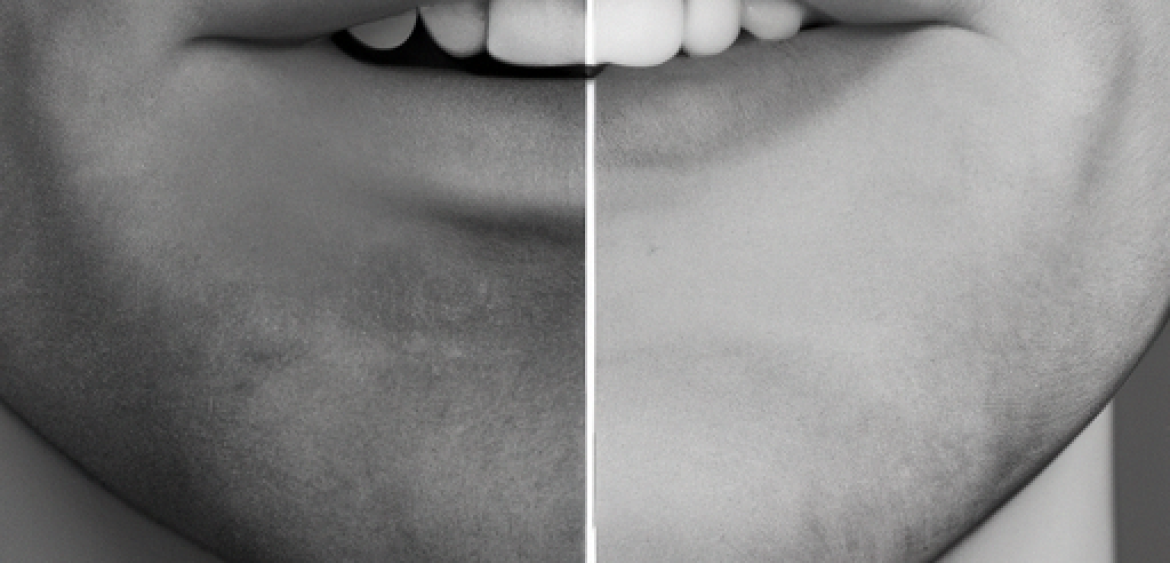Orthognathic orthodontics, also known as corrective jaw surgery, has emerged as a groundbreaking solution for individuals with severe jaw misalignment. This comprehensive guide aims to shed light on the diagnosis and treatment of orthognathic issues, providing a deeper understanding of this intricate field. From uncovering the signs and symptoms of orthognathic problems to demystifying their underlying causes, this article aims to equip readers with the knowledge they need to make informed decisions about their oral health. Whether you are a patient seeking answers or a healthcare professional looking to expand your knowledge, this article will serve as a valuable resource in navigating the world of orthognathic orthodontics.
1. Understanding Orthognathic Orthodontics: A Comprehensive Guide to Diagnosis and Treatment
Orthognathic orthodontics, also known as orthognathic surgery, is a specialized branch of dentistry that focuses on the diagnosis and treatment of jaw and facial irregularities. This comprehensive guide aims to provide an in-depth understanding of orthognathic orthodontics, including its diagnosis and treatment processes.
Diagnosis is the crucial first step in orthognathic orthodontics. It involves a thorough examination of the patient’s dental and facial structure, as well as a detailed analysis of their medical history. Dental X-rays, photographs, and impressions are commonly used diagnostic tools to assess the extent and nature of the jaw irregularities. By evaluating these diagnostic records, orthodontists can determine the specific treatment plan required to correct the abnormalities and restore proper jaw function.
The symptoms of orthognathic issues can vary depending on the severity and type of jaw misalignment. Some common symptoms include difficulty in chewing or biting, speech difficulties, chronic jaw pain or headaches, sleep apnea, and facial asymmetry. These symptoms can significantly impact a person’s quality of life, affecting their ability to eat, speak, and even breathe properly. It is crucial to identify these symptoms early on to prevent further complications and improve overall well-being.
The causes of orthognathic issues can be multifactorial. In many cases, they are primarily due to a discrepancy between the size of the upper and lower jaws. This can occur during facial growth and development or as a result of trauma or genetic factors. Other contributing factors include habits such as thumb sucking, tongue thrusting, or prolonged pacifier use during childhood. Understanding the underlying causes is essential for developing an effective treatment plan and achieving optimal results.
Orthognathic
2. Unveiling the Signs and Symptoms of Orthognathic Issues: What You Need to Know
Orthognathic issues refer to problems with the alignment and positioning of the jaw. These issues can cause a range of symptoms that can affect a person’s oral health, facial appearance, and overall quality of life. It is important to recognize the signs and symptoms of orthognathic issues to seek timely diagnosis and appropriate treatment.
One of the most common symptoms of orthognathic issues is difficulty in biting, chewing, or swallowing. Misaligned jaws can make it challenging to properly align the teeth, resulting in discomfort and difficulty while eating. This can also lead to digestive problems and inadequate nutrition if not addressed promptly.
Another noticeable symptom is an improper bite. The upper and lower teeth should fit together seamlessly when the mouth is closed. However, individuals with orthognathic issues may have an overbite (upper teeth protrude over the lower teeth), an underbite (lower teeth protrude over the upper teeth), or a crossbite (teeth are misaligned laterally). These bite issues can cause jaw pain, tooth wear, and even speech difficulties.
Orthognathic issues can also affect the facial appearance. Patients may have a receding or protruding chin, a crooked smile, or an asymmetrical face. These aesthetic concerns can significantly impact self-confidence and self-esteem, leading to social and emotional challenges.
Furthermore, individuals with orthognathic issues may experience chronic jaw pain, headaches, or temporomandibular joint (TMJ) disorders. The misalignment of the jaw joints can cause stress on the surrounding muscles and tissues, leading to discomfort and pain.
The causes of orthognathic issues can vary. Some cases may be due to genetic factors, where individuals inherit misaligned jaws
3. Demystifying the Causes of Orthognathic Problems: Insights into Jaw Misalignment and its Origins
Orthognathic problems, characterized by jaw misalignment, can be a source of great discomfort and affect an individual’s overall facial aesthetics and oral health. Understanding the causes behind these problems is crucial for accurate diagnosis and effective treatment. While the exact origins of jaw misalignment can vary from person to person, there are several common factors that contribute to this condition.
One of the primary causes of orthognathic problems is genetics. Research suggests that individuals with a family history of jaw misalignment are more likely to develop similar issues themselves. Genetic factors can influence the growth and development of the jaw bones, leading to an improper alignment of the upper and lower jaws.
Another significant cause of orthognathic problems is facial trauma. Accidents or injuries that involve the jaw can result in fractures or dislocation, which, if left untreated, may lead to long-term misalignment. These traumatic incidents can disrupt the normal positioning of the jaw bones and interfere with their growth and development.
Furthermore, abnormal growth patterns during childhood and adolescence can contribute to jaw misalignment. Conditions such as cleft lip and palate, where the facial structures do not develop correctly, can result in an imbalance between the upper and lower jaws. Additionally, habits like thumb sucking or prolonged pacifier use can affect the growth of the jaws, leading to misalignment.
Orthodontic problems can also be caused by certain medical conditions. For instance, individuals with temporomandibular joint disorder (TMJ) may experience jaw misalignment as a result of the dysfunction in the joint connecting the jaw to the skull. Similarly, conditions like sleep apnea, where the airway is repeatedly obstructed during sleep, can lead to improper jaw positioning.
It is important to

